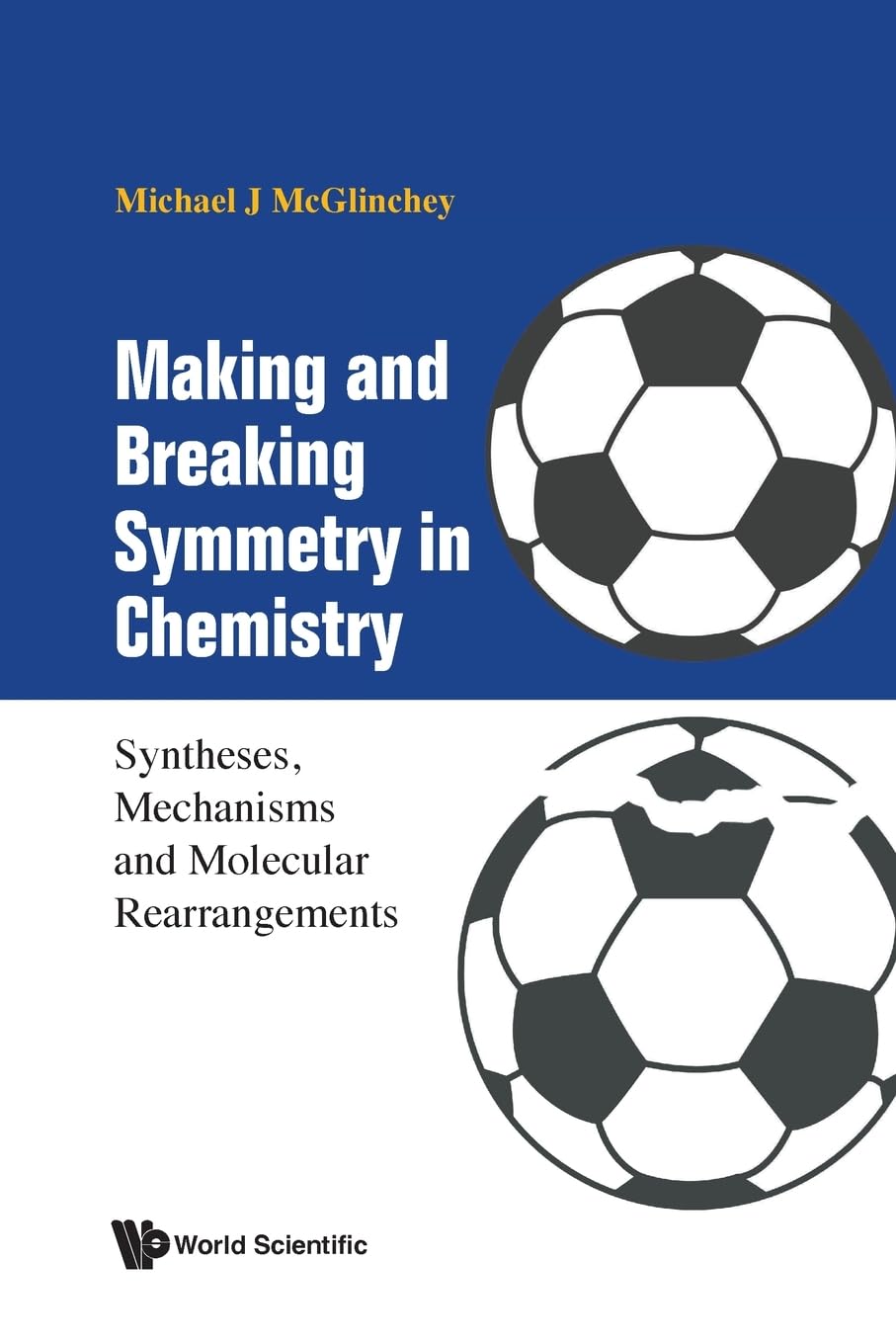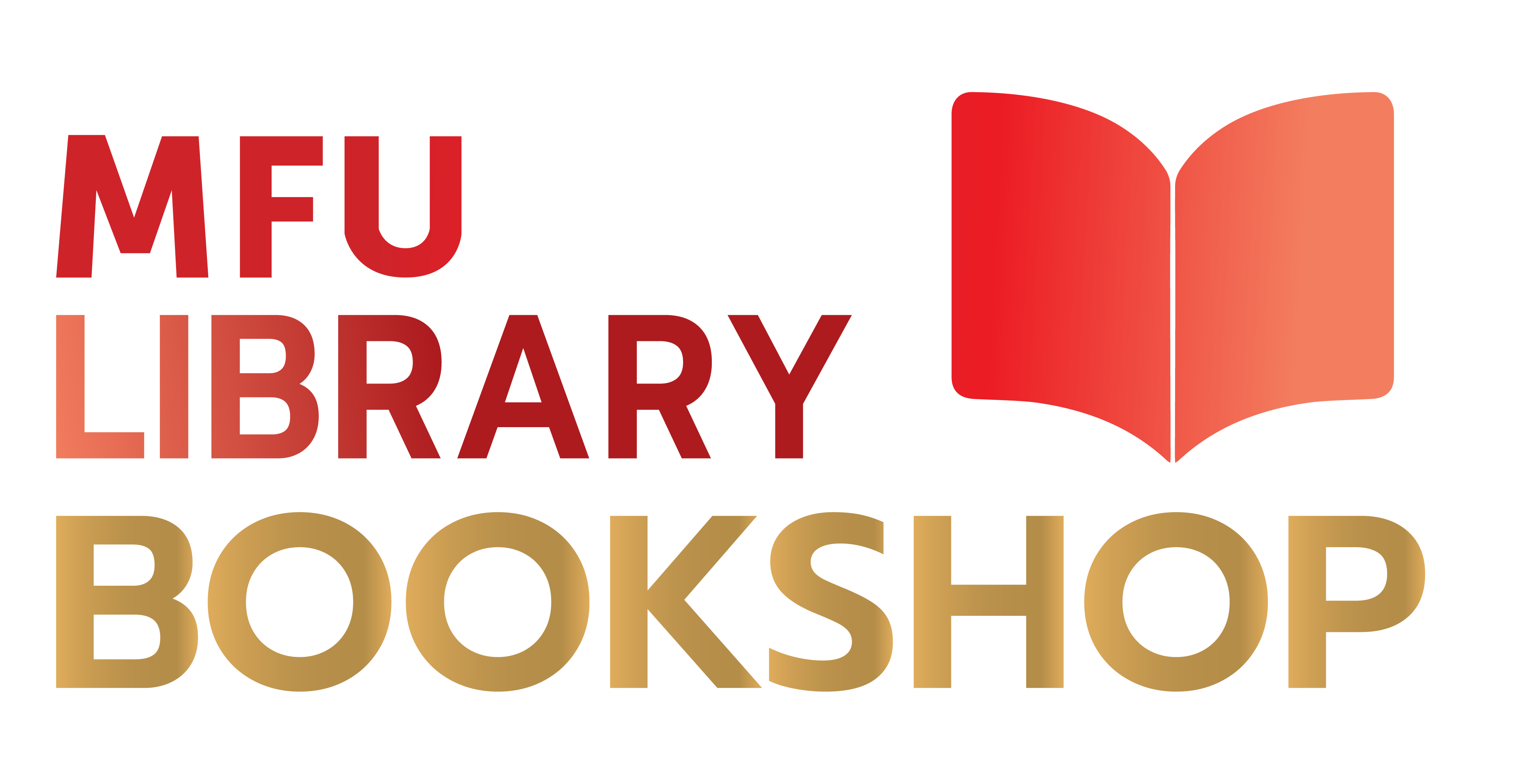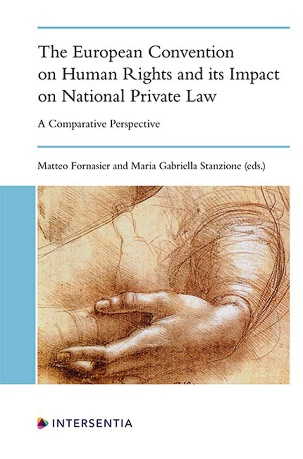
Book
Making and Breaking Symmetry in Chemistry : Syntheses, Mechanisms And Molecular Rearrangements
ISBN : 9789811249655
Author : Michael J McGlinchey
Publisher : WSPC
Year : 2022
Language : English
Type : Book
Description : The elucidation of reaction mechanisms generally requires the carefully designed control of molecular symmetry to distinguish between the many possible reaction pathways. Making and Breaking Symmetry in Chemistry emphasises the crucial role played by symmetry in modern synthetic chemistry. After discussion of a number of famous classical experiments, the advances brought about by the introduction of new techniques, in particular NMR spectroscopy, are exemplified in numerous cases taken from the recent literature. Experimental verification of many of the predictions made in Woodward and Hoffmann's explication of the Conservation of Orbital Symmetry are described. Applications that involve the breaking of molecular symmetry to resolve these and other mechanistic problems in organic, inorganic and organometallic chemistry are presented in the first sections of the book, together with many examples of the detection of hitherto hidden rearrangement processes. Subsequently, under the aegis of making molecular symmetry, examples of the preparation of highly symmetrical molecules found in the organic, organometallic or inorganic domains are discussed. These include Platonic hydrocarbons or boranes, tetrahedranes, cubanes, prismanes, dodecahedrane, fullerene fragments such as corannulene, sumanene or semibuckminsterfullerene, and other systems of unusual geometries or bonding characteristics (Möbius strips, molecular brakes and gears, Chauvin's carbomers, Fitjer's rotanes, persubstituted rings, metal-metal multiple bonds, etc.). The text also contains vignettes of many of the scientists who made these major advances, as well as short sections that briefly summarise key features of important topics that underpin the more descriptive material. These include some aspects of chirality, NMR spectroscopy, and the use of isotopic substitution to break molecular symmetry. A brief appendix on point group symmetry and nomenclature is also helpfully provided








